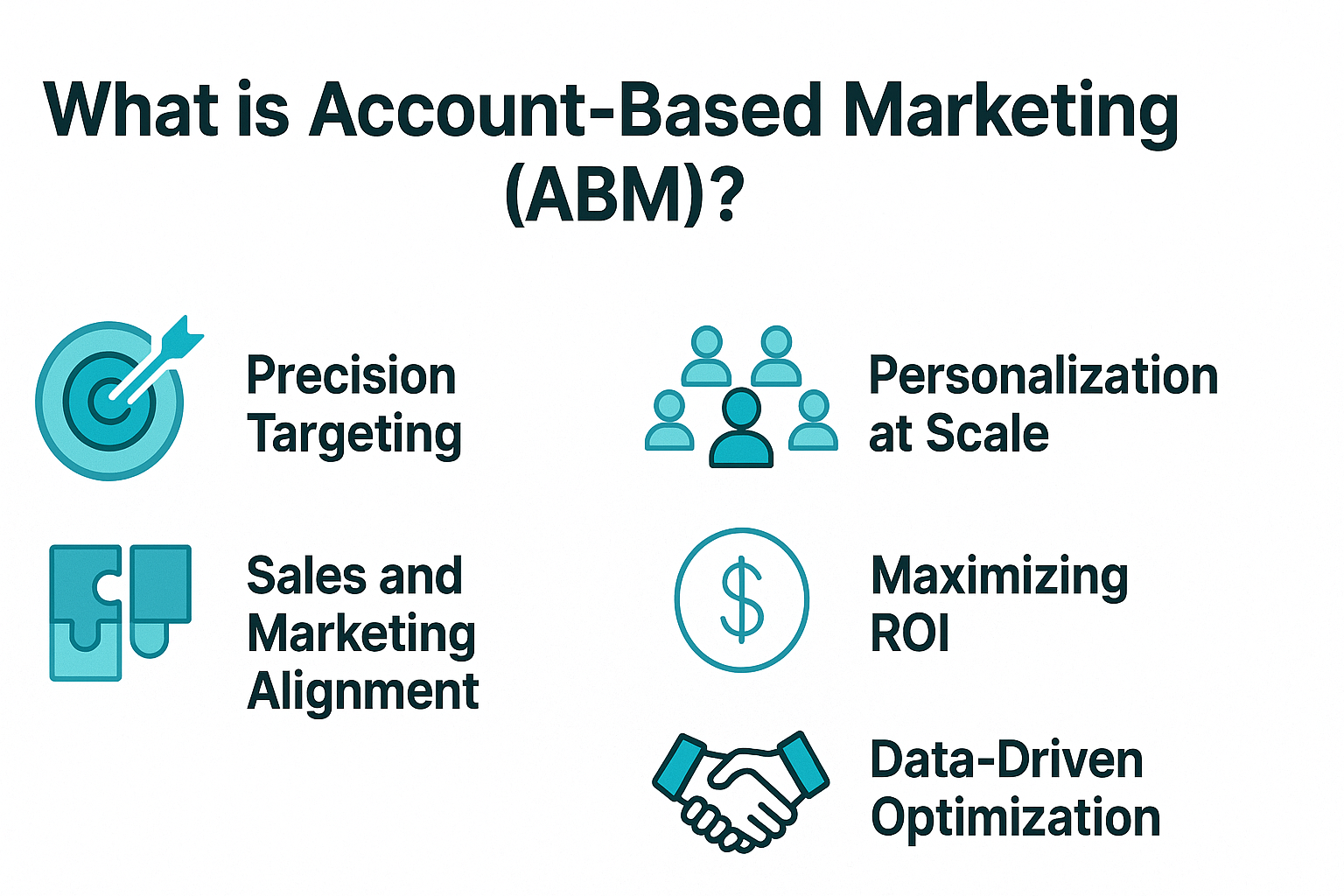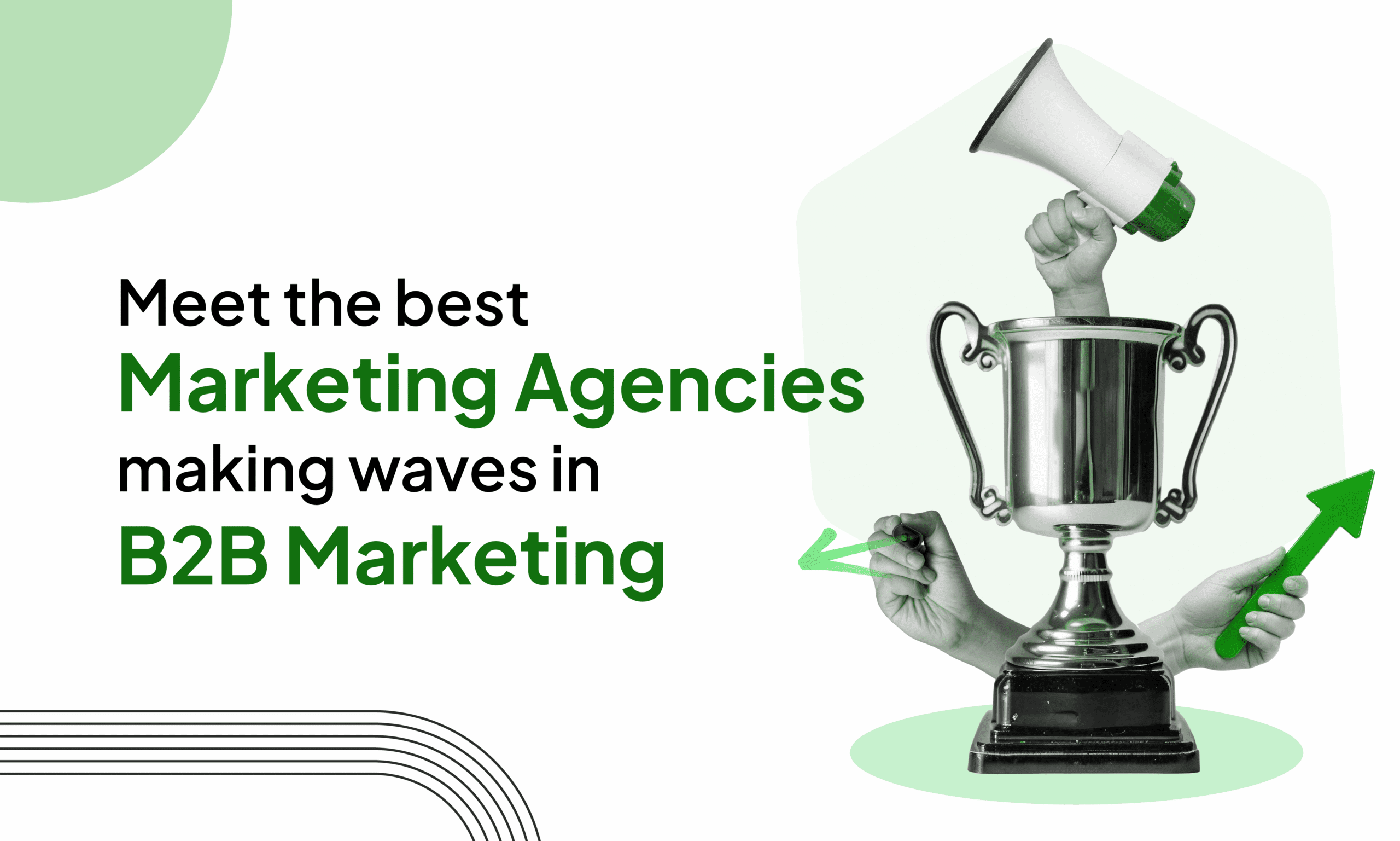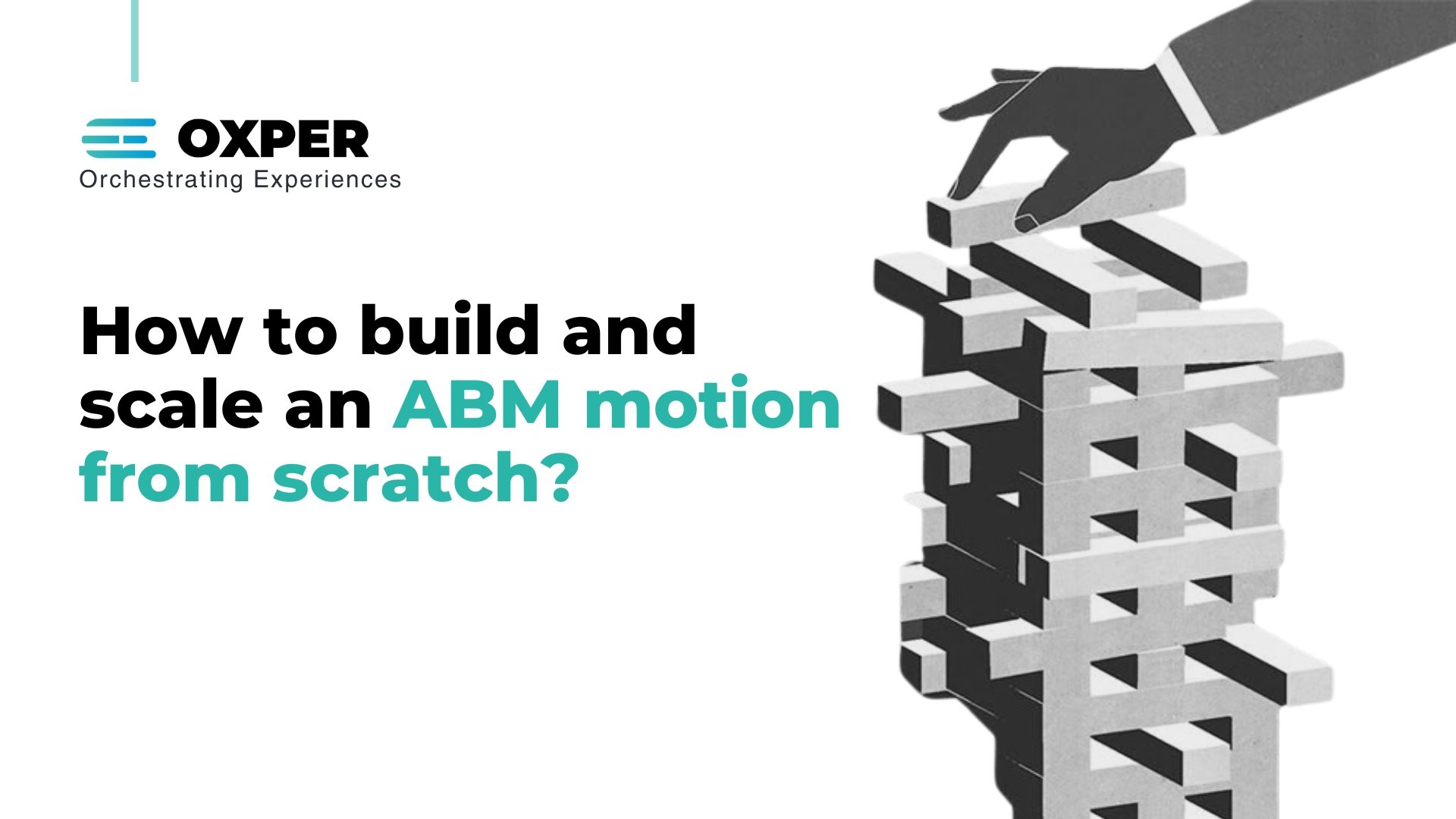In today’s world of B2B marketing, one truth stands out: traditional marketing no longer cuts it. Generic campaigns that try to please everyone usually end up resonating with no one. High-value clients expect personalization, precision, and real value.
This is where Account-Based Marketing (ABM) steps in. Far from being a passing trend, it has become a proven growth strategy and is rapidly emerging as the future of B2B marketing.

Unlike traditional B2B marketing, where you cast a wide net, ABM strategy is about going narrow and deep. You identify your ideal customer profile (ICP), focus only on the most valuable accounts, and deliver hyper-personalized campaigns that engage and convert.
Here’s why ABM is reshaping the future of B2B success:
1. Precision Targeting: Smarter Than Mass Marketing
With Account-Based Marketing, you don’t chase everyone—you chase the right accounts. By identifying companies that align with your ICP, you eliminate wasted spend. This precision targeting ensures your message reaches decision-makers most likely to convert, maximizing your ABM ROI.
2. Personalization at Scale: B2B Personalization Done Right
B2B personalization has always been important, but ABM takes it further. Instead of one-size-fits-all messaging, you create tailored content—case studies, ROI calculators, and industry-specific insights—that speak directly to each account’s challenges. This level of ABM personalization makes prospects feel your brand was designed for them.
3. Sales and Marketing Alignment: One Unified Team
One of the biggest gaps in traditional B2B marketing is the disconnect between sales and marketing. ABM strategy fixes this by aligning both teams around common target accounts. With shared KPIs and coordinated campaigns, you get shorter sales cycles, higher deal sizes, and stronger win rates.
4. Maximizing ROI: Why ABM ROI Beats Traditional Campaigns
Broad-based campaigns spread your budget thin. Account-Based Marketing ROI comes from concentrating resources on high-value accounts—driving more impact per dollar spent. Companies adopting ABM strategies consistently report better ROI, faster deal velocity, and larger contract values compared to traditional approaches.
5. Building Long-Term Relationships: Beyond the First Win
With ABM, you don’t just win an account—you keep it. By consistently solving challenges and providing ongoing value, you move from being a vendor to becoming a strategic partner. That unlocks upselling, cross-selling, and long-term loyalty, ensuring sustainable B2B success.
6. Data-Driven Optimization: ABM vs Traditional Marketing
Here’s another edge: ABM is data-driven. Every interaction—ad clicks, whitepaper downloads, webinar sign-ups—feeds insights back into your campaigns. This allows for continuous optimization, so your ABM strategy always improves. In contrast, traditional marketing often lacks this precision feedback loop.
The Final Word: Why ABM Strategy is the Future of B2B Marketing
The B2B landscape has changed. Decision-makers expect relevance, personalization, and proof of ROI. Companies clinging to traditional marketing approaches risk being left behind.
The evidence is clear: ABM isn’t optional anymore—it’s essential. With precision targeting, sales and marketing alignment, higher ABM ROI, and deep customer relationships, ABM is shaping the future of B2B success.





